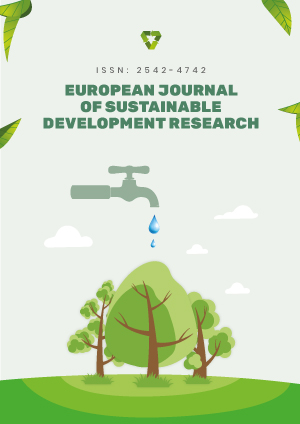Abstract
With its normal or low body mass index, lean Type 2 Diabetes Mellitus (T2DM) poses particular issues in Sub-Saharan Africa, where the disease is becoming more common in the middle of complicated socioeconomic and healthcare environments. In contrast to usual T2DM presentations, this study examines the unique risk factors, clinical characteristics, and genetic predispositions linked to lean type 2 diabetes (LT2D) in sub-Saharan Africa. We critically evaluate the efficacy of the current treatment and preventative plans, emphasizing the shortcomings in lifestyle modifications, early diagnosis, and access to culturally appropriate health education. We also assess the effectiveness of current pharmaceutical treatments, highlighting the necessity for tailored strategies that consider the distinct genetic and metabolic characteristics of LT2DM patients in Sub-Saharan Africa. This review further addresses the socioeconomic limitations, lack of qualified healthcare providers, and restricted access to healthcare facilities as obstacles to providing good care. Our findings indicate a notable lack of awareness regarding Lean Type 2 Diabetes (LT2D) in Sub-Saharan Africa, revealing a considerable gap in understanding its unique characteristics compared to traditional Type 2 Diabetes. Essential recommendations involve launching focused educational initiatives to enhance awareness among healthcare professionals and the general population, incorporating LT2D screening into standard health evaluations, and creating culturally appropriate strategies to enhance diagnosis and management. These steps are essential for tackling the specific challenges of LT2D in this area.
License
This is an open access article distributed under the Creative Commons Attribution License which permits unrestricted use, distribution, and reproduction in any medium, provided the original work is properly cited.
Article Type: Literature Review
EUR J SUSTAIN DEV RES, Volume 9, Issue 2, 2025, Article No: em0287
https://doi.org/10.29333/ejosdr/16288
Publication date: 23 Apr 2025
Article Views: 54
Article Downloads: 25
Open Access References How to cite this article
 Full Text (PDF)
Full Text (PDF)